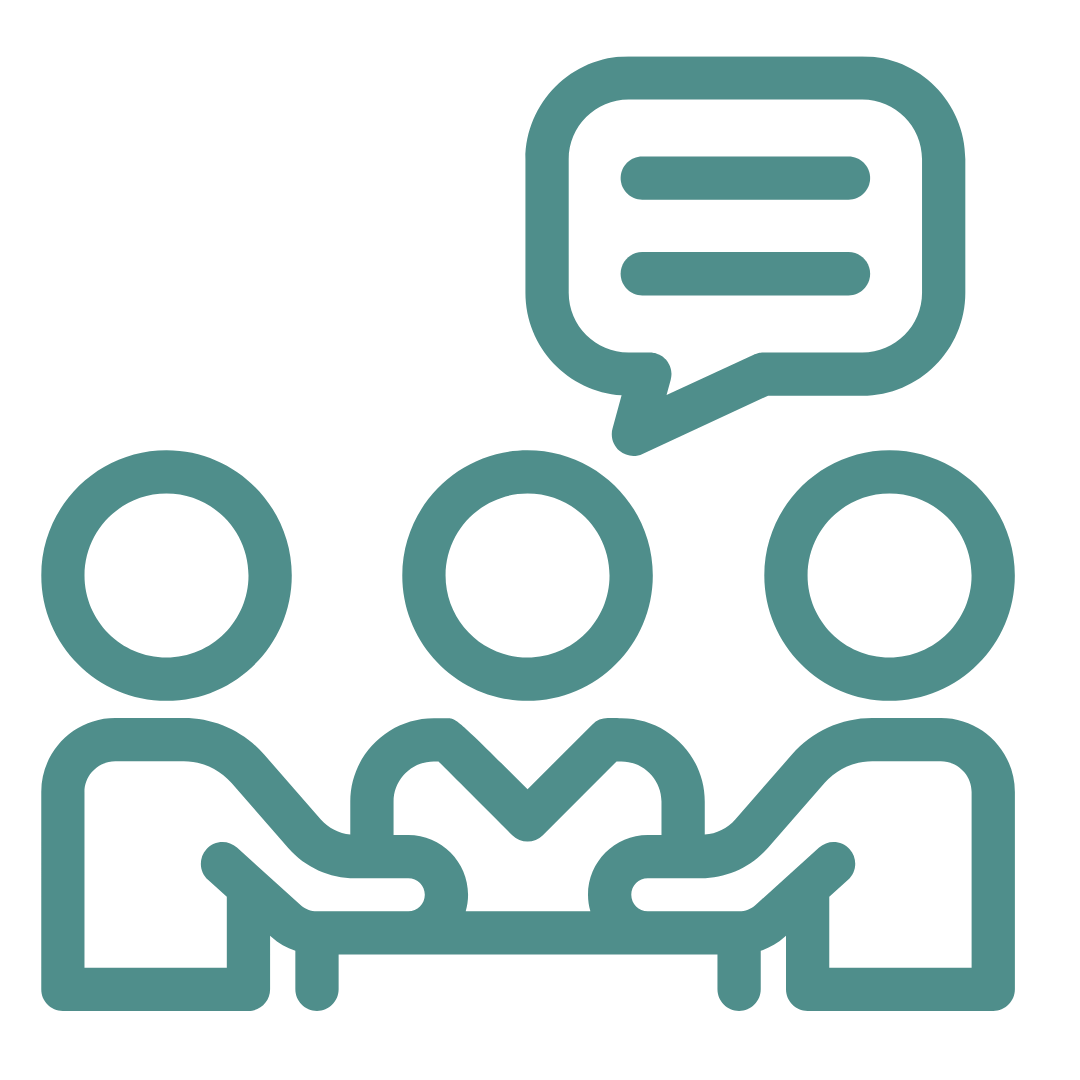Corporate Coaching
Case Study
Strategic Pathways conducted a survey for staff working in several different municipal departments of a city situated in Western Canada.
Our findings in this process helped diffuse a potentially violent confrontation.
We began work with the client, which always includes offering an anonymous phone line to present information about their workplace. Through this phone line, we learned from various employees that there was a potentially deadly situation brewing.
An angry employee had spent some time away on stress leave. The day before he was scheduled to return, two of his colleagues told us they were worried he might turn violent. He had made specific threats against one supervisor.
We believe, and our client believes, this information would not have surfaced without our corporate coaching. It certainly had not been revealed during the employee engagement surveys the department had conducted.
As this case study demonstrates, our assessments aren’t your typical engagement surveys. We pride ourselves on what we call our “proprietary interview method.”
Watch the video below to learn more.


Our Method Works
Returning to the example of our municipal government client, here’s how we uncovered the potential threat.
During our initial interviews, several employees commented on the workplace stress caused by ongoing conflict between a supervisor and a frontline staff member.
The consensus seemed to indicate dread at the thought of his return.
We went through our usual process, an advance meeting, our in depth survey, and the follow up meeting. It’s at this meeting we present employees with the offer of the anonymous phone number if they wanted to contribute any more information.
We received two phone calls in which people told us the staff member on stress leave had, on several occasions, suggested he might kill his supervisor.
Strategic Pathways
Proprietary Interview System
Four Steps
We use a four-step process whenever we begin our information-gathering projects with clients. Because of this, we’ve always enjoyed high participation rates and extreme accuracy.

MEET
We meet with all staff members prior to distribution of our survey.
Most workplace information gathering efforts skip this entirely, which is a big mistake.
If you don’t explain to your group what their role and purpose of the survey is, you have little chance in getting them to buy in and participate.

SURVEY
The next step is for employees and employers to fill out our proprietary surveys.
We have complied more than two thousand questions over thirty years of surveying workplaces. We use this question database to create a survey just for you. We work closely with you to ensure our questions are tailored to your needs.

FOLLOW UP
We also meet with staff after the survey has been completed. During that meeting, we share some of the common results. This has a deeply validating effect.
In hearing their problems being taken seriously and perhaps echoed by their peers, employees are more likely to participate in the process.

PHONE
Our next step at this meeting is to provide our toll-free phone numbers to allow staff to anonymously contribute any additional information they’ve thought of that might be valuable to the process.
Often employees are inspired to add additional information through the toll-free number. Some of the most detailed and valuable information comes after the initial survey happens.

More Than Preventing Conflict
Understandably, the employee’s threatening behaviour was incredibly worrisome for staff, and they told us they didn’t know where to turn to express their concerns.
Our process offered employees an outlet to air concerns they felt might have repercussions on their career if they were open and honest about them. This department claimed to have an “open door policy” for employee concerns, but still many employees weren’t comfortable.
It was only through our interview process that the person’s coworkers were comfortable sharing their fears of a violent confrontation upon this person’s return to work.
When Communication Means Safety
Information of this type, even unsubstantiated, is extremely alarming. Our standard practice is to immediately contact the client and inform them of what has been communicated to us anonymously, so that they can take the appropriate steps to protect their workers.
We received these calls on a Sunday and I called our client that evening, unaware that the employee was scheduled to return to work from stress leave the following morning.
Our client was obviously troubled by this information, and company management agreed there was sufficient risk to notify the police.
The following morning when the employee returned to work, he was met by two police officers for an interview.
Shockingly, the employee acknowledged that he had brought a knife with an 8-inch blade with him. His reasoning was, “just in case my boss gets in my face, because I am not going to take his —- anymore.”


Four Steps to Critical Information
This is not the norm.
When conducting interviews and talking with staff and organizations it is rare for us to receive information as extreme and dangerous as this.
We have, however, long been of the opinion that the biggest risk leaders face is what they don’t know about their business.
While this is an outlier case, it is absolutely not unusual for us to surprise our clients with critical information that comes from their team as a result of our proprietary interview method.